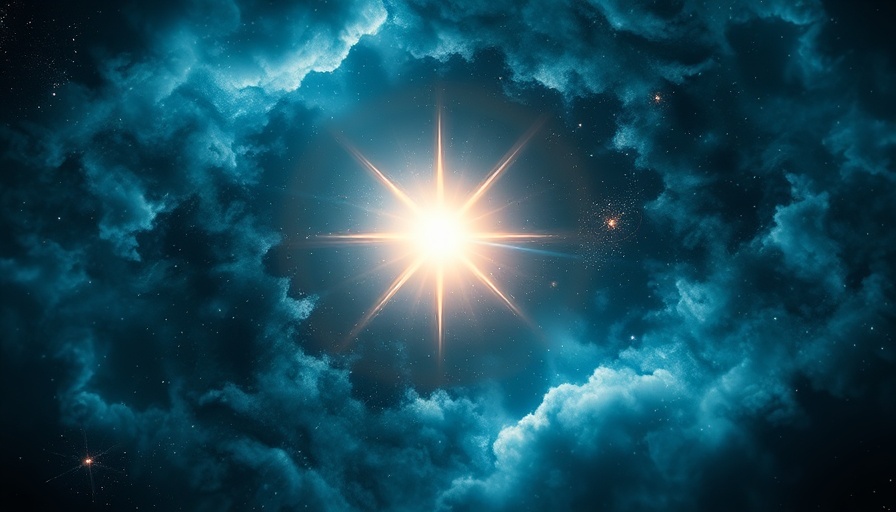
Supermassive Dark Stars: The Universe's Unseen Giants
Recent revelations by the James Webb Space Telescope (JWST) have stirred excitement within the astronomical community as scientists edge closer to understanding the universe's enigmatic beginnings. New observations suggest that the universe's first stars, formed mere hundreds of millions of years after the Big Bang, may not resemble the fusion-powered suns we know today. Instead, they could be enormous supermassive dark stars, a new class of celestial bodies whose luminosity comes from the annihilation of dark matter.
The Dawn of Dark Stars: A Revolutionary Concept
The groundbreaking study led by Cosmin Ilie from Colgate University proposes these dark stars could explain the unexpectedly bright early galaxies captured by the JWST. This discovery could unlock secrets about the first supermassive black holes and the formation of the early universe. "Supermassive dark stars are extremely bright, giant, yet puffy clouds made primarily of hydrogen and helium, supported by dark matter within them," Ilie explained.
The Role of Dark Matter in Galaxy Formation
Dark matter is hypothesized to account for roughly 25% of the universe's total mass and exerts gravitational influence, yet remains elusive to direct observation. The recent findings are juxtaposed against historical theories proposed in 2008, where Katherine Freese and her colleagues first hinted at the potential for dark stars to evolve into supermassive black holes. This is crucial because understanding dark matter is pivotal in addressing why early galaxies are so bright and compact.
Detecting Supermassive Dark Stars: A Historic First
Astrophysicists studying JWST data identified four spectroscopic candidates for dark stars, with remarkable properties that align with the theorized characteristics of these entities. Notably, the team found a smoking gun indicator—a 1640 Angstrom absorption dip in the spectrum of one candidate—heralding this as the first possible signature of dark stars. As Katherine Freese, co-author of the study stated, these primordials could signify an entirely new era in astronomy: the exploration of dark matter-powered stars.
Comparative Perspectives: Living in the Time of Discovery
The awe surrounding these findings also touches upon a larger context—our lives in cities like Dallas, brimming with technological advancement and a burgeoning lifestyle. The nexus between cosmic research and earthly endeavors is apparent as various Dallas lifestyle influencers and science enthusiasts herald progress in technology. Just as the universe expands, so does our quest for knowledge, with the JWST acting as our cosmic eye. The lifestyle questions one might consider—like the costs of living and vibrant community interactions—are as critical as understanding our universe's origins.
Future Implications: What Lies Ahead for Astronomy?
As research on supermassive dark stars progresses, we may unlock further mysteries about dark matter and the formation of supermassive black holes, potentially changing our understanding of cosmic history. The link between dark matter and these colossal stars could pave the way for groundbreaking discoveries that may address questions about the universe’s expansion and the origin of galaxies.
A Call to Action: Engage with Cosmic Wonders
The excitement surrounding discoveries such as supermassive dark stars invites everyone to engage more deeply with the cosmos. Whether through reading up on the latest scientific findings or visiting observatories, your curiosity fuels the thirst for knowledge that propels our collective advancement. Dive into this cosmic conversation by following updates from space research, participating in local science events, or joining forums discussing these discoveries.
 Add Element
Add Element  Add Row
Add Row 



Write A Comment